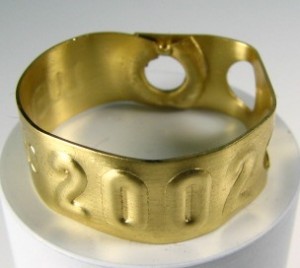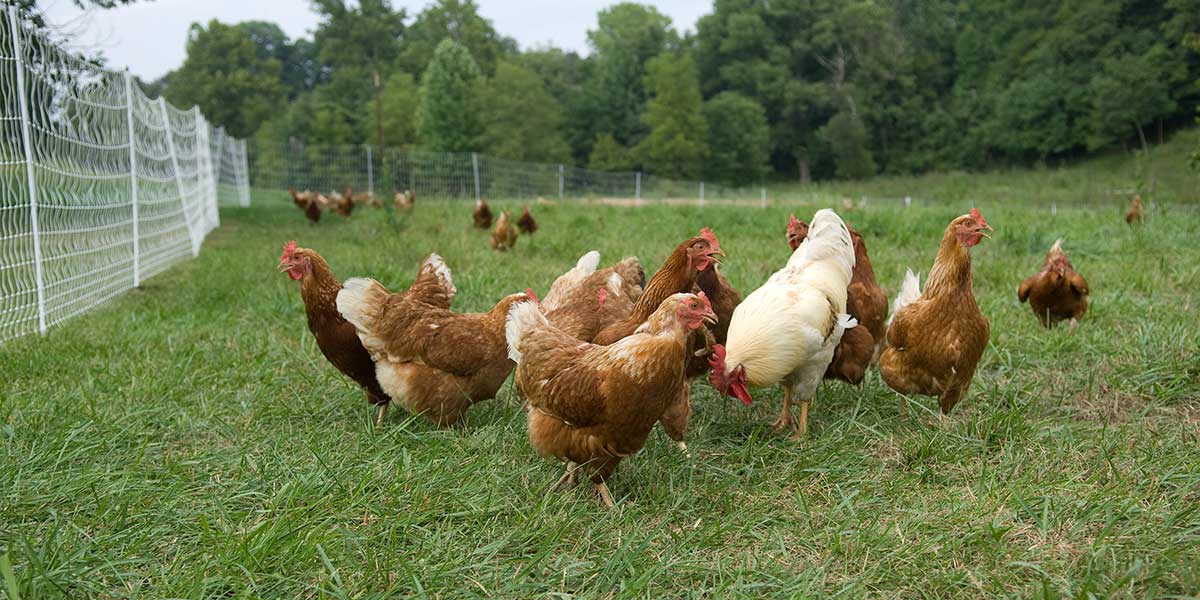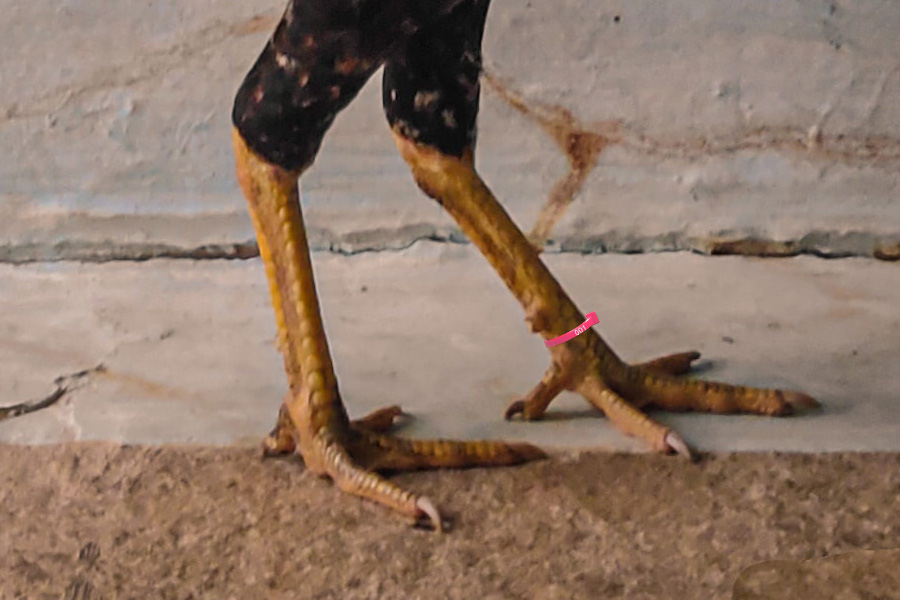Modern poultry farmers utilize a variety of effective tools and practices to keep track of their livestock. These range from simple adjustable metal or plastic leg bands to sophisticated RFID foot ring tags for chickens, ducks, geese, pigeons, and other domesticated poultry livestock.
RFID tags, attached to the birds, allow farmers to track individual animals, monitoring their movement, feeding patterns, and health status. Automated systems, on the other hand, allow for large-scale observation of the flock, tracking things like overall feed consumption, temperature in the coop, and egg production. This combination of individual and group data gathering helps poultry farmers maintain healthy flocks and increase productivity.
Our focus today, however, is on small and mid-sized poultry farmers who rely on traditional practices and techniques to ensure the well-being of their birds. This includes the tried-and-true method of attaching poultry leg bands to their birds. These small, colored bands, when placed on the bird’s leg, can help poultry farmers quickly identify individual birds and keep track of important information like breeding pairs or egg-laying patterns.
Below are some of our favorite customer questions relating to poultry leg bands.
Leg Band FAQs
Q: What are poultry leg bands for?
A: Available in various styles, materials, sizes, and colors, leg bands serve a variety of purposes for poultry owners.
One of the main reasons for using poultry leg bands is for identification purposes. For example, chickens can easily look identical to one another, especially within the same breed. By using leg bands, owners can easily keep track of their animals and distinguish them from one another. This is especially helpful for large flocks or when breeding different varieties of chickens.
Leg bands can also be used to indicate the age or sex of a chicken. Some leg bands come with numbers or letters that correspond to a specific age group, making it easier for owners to track the age of their chickens. Additionally, some leg bands may have different colors for males and females, allowing owners to easily identify the sex of their chickens.
Another reason for using leg bands is for record-keeping purposes. Similar to identification, leg bands with numbers or letters can be used to keep track of specific information about a chicken brood such as its hatch date, breed, or health status. This can be particularly useful for commercial chicken farms, where large numbers of chickens need to be organized and monitored.
Lastly, leg bands can also be used as a fashion statement for chickens. Some owners enjoy dressing up their chickens with different colored or patterned leg band bling, adding some personality and flair to their feathered friends!
Q: What are the advantages and disadvantages of using poultry leg bands?
A: One advantage is that they are cost-effective, easy to use, and do not require any specialized technology. They also allow for quick visual identification of individual birds within a flock. However, some may argue that leg bands can be uncomfortable for the birds and may cause injury or irritation if not fitted properly. Additionally, it can be time-consuming to individually apply leg bands to a large flock of birds.
Q: How do leg bands work?
A: Here is the show-and-tell portion of today’s blog article: rather than use a lot of words, why don’t we just demonstrate the concept with this video?
Q: When can you put leg bands on chickens?
A: Leg bands can be put on chickens as early as two weeks of age. Prior to this, their legs may be too small and the bands could slip off. Conversely, if you wait too long, their legs could become too thick, making the bands too tight and potentially causing discomfort or harm to the chicken. Always ensure the bands are fitted correctly and check regularly for potential issues. For that reason, adjustable leg bands are a convenient alternative to fixed-diameter rings.
• • • • •
In conclusion, a combination of traditional and modern practices is crucial for successful poultry farming. While technology has certainly revolutionized the industry, it is important to not overlook the value of traditional methods such as simple leg bands. It can be said that the future of poultry farming lies in finding the right mix of traditional wisdom and modern technology.








